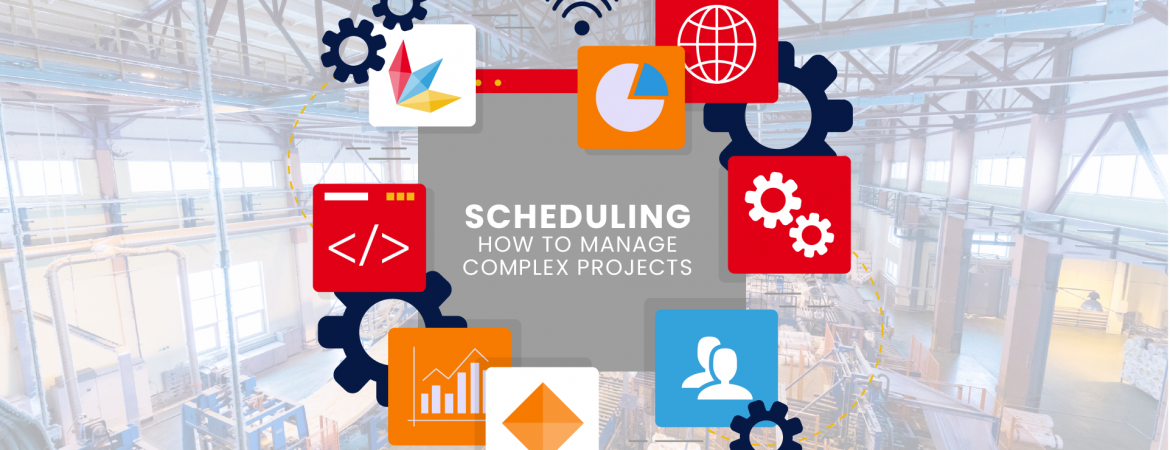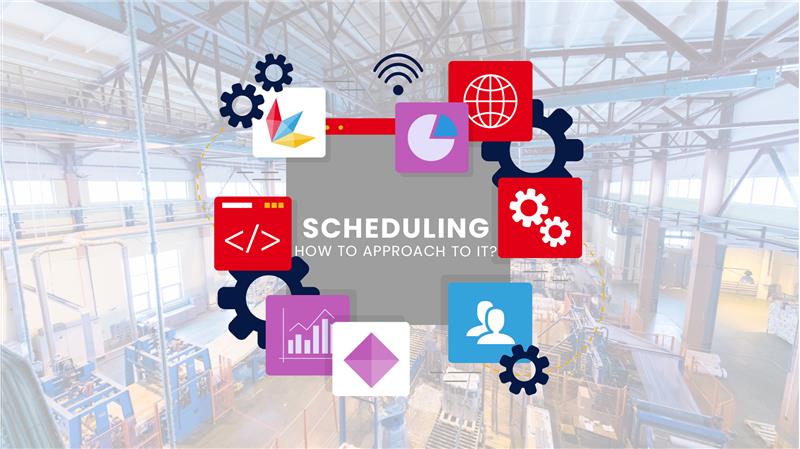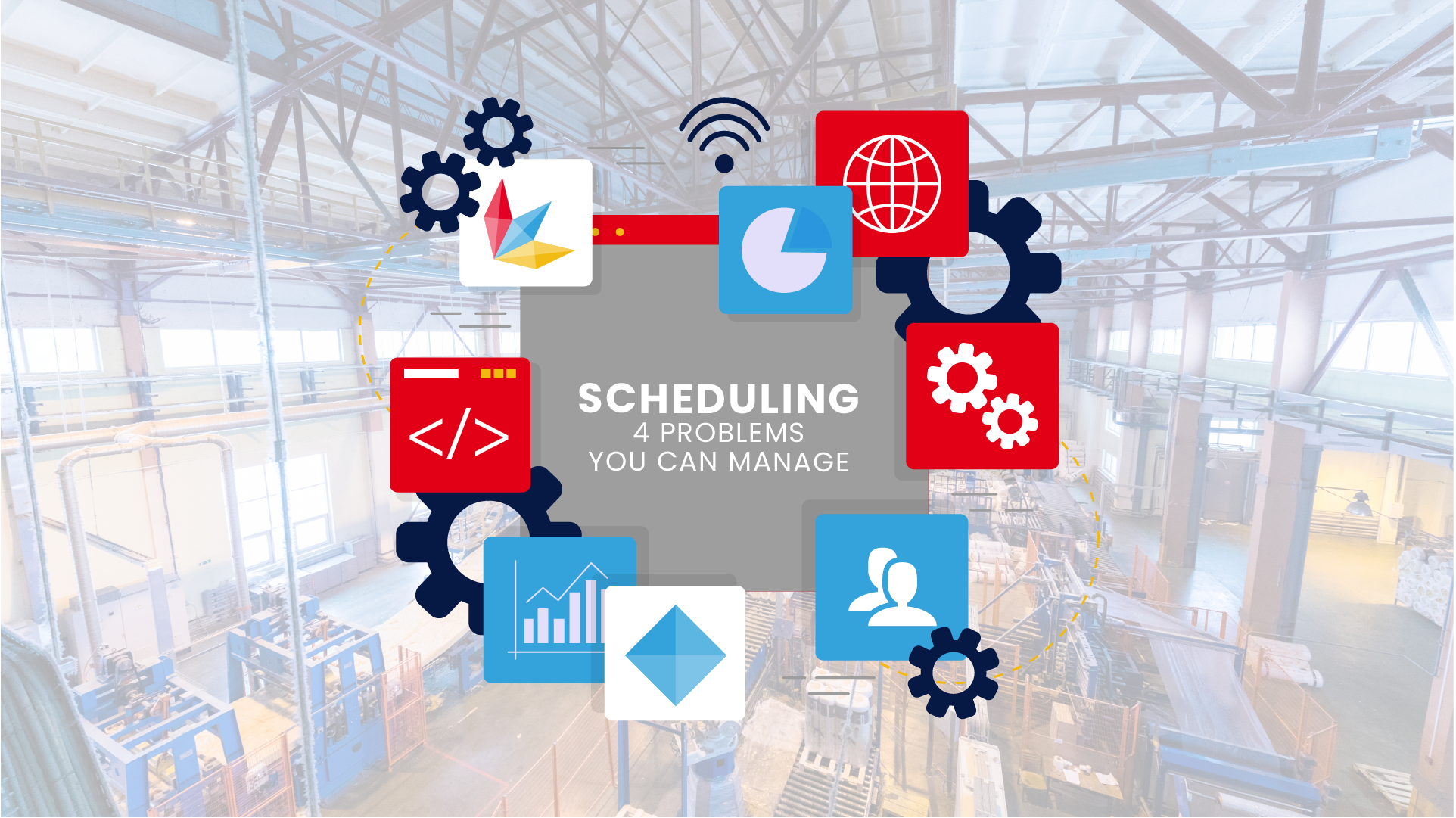We talked about types of scheduling to help you navigate the world of these software tools. But what happens when we need to schedule complex projects?
Starting in a good way
A good start is like being halfway there, as this phase allows for early error correction without too many repercussions on our work.
For this reason, it’s better to take the necessary time before starting actual implementation. But how should we do this?
If our company has multiple projects to work on, we need to understand which resources will be shared and which will be exclusive. This way, we can avoid dangerous overlaps that might leave key resources unavailable at critical moments.
Then, analyze the project’s deadline and create a roadmap that also includes a bit of buffer time.
Effective scheduling
While the planning phase is useful for managing the medium-to-long term, the actual scheduling phase mainly addresses immediate needs.
Here, we should focus on the tasks necessary to complete the order, set production priorities to avoid bottlenecks, and prevent delays in subsequent steps.
Planning and scheduling must work hand in hand.
Materials
We have planned the use of machinery and managed to fit in all the main needs in a way that supports fast, smooth production.
Now, we need to ensure that materials are in stock and arrive consistently, as this could be a critical problem to resolve. The flow should be well-calibrated to avoid excessive inventory and, consequently, unnecessary management costs.
Monitoring
All plans are subject to changes dictated by reality, so it’s best to be ready to adapt if initial conditions shift. Therefore, it is essential to closely monitor each step and each metric deemed fundamental.





One Reply to “Scheduling to manage complex projects”
[…] we’ve seen in previous articles, the world of scheduling is full of nuances. Entering it isn’t always straightforward, but it is […]
Comments are closed.